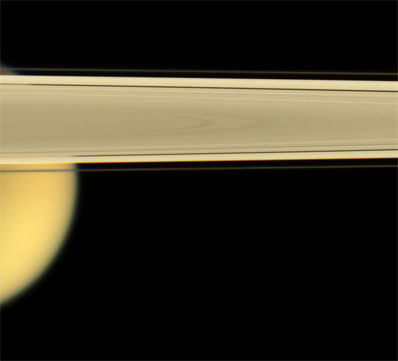
Spaceflight Now +

|

|

|

|

Premium video content for our Spaceflight Now Plus subscribers.

Delta 4 launches GOES
 The Boeing Delta 4 rocket launches from pad 37B at Cape Canaveral Air Force Station with the GOES-N spacecraft, beginning a new era in weather observing for the Americas. The Boeing Delta 4 rocket launches from pad 37B at Cape Canaveral Air Force Station with the GOES-N spacecraft, beginning a new era in weather observing for the Americas.

 Full coverage Full coverage

Discovery goes to pad
 As night fell over Kennedy Space Center on May 19, space shuttle Discovery reached launch pad 39B to complete the slow journey from the Vehicle Assembly Building. Discovery will be traveling much faster in a few weeks when it blasts off to the International Space Station. As night fell over Kennedy Space Center on May 19, space shuttle Discovery reached launch pad 39B to complete the slow journey from the Vehicle Assembly Building. Discovery will be traveling much faster in a few weeks when it blasts off to the International Space Station.

 Full coverage Full coverage

STS-61B: Building structures in orbit
 The November 1985 flight of space shuttle Atlantis began with a rare nighttime blastoff. The seven-member crew, including a Mexican payload specialist, spent a week in orbit deploying three communications satellites for Australia, Mexico and the U.S. And a pair of high-visibility spacewalks were performed to demonstrate techniques for building large structures in space. The crew narrates the highlights of STS-61B in this post-flight crew film presentation. The November 1985 flight of space shuttle Atlantis began with a rare nighttime blastoff. The seven-member crew, including a Mexican payload specialist, spent a week in orbit deploying three communications satellites for Australia, Mexico and the U.S. And a pair of high-visibility spacewalks were performed to demonstrate techniques for building large structures in space. The crew narrates the highlights of STS-61B in this post-flight crew film presentation.

 Small | Medium | Large Small | Medium | Large

 Become a subscriber Become a subscriber
 More video More video

|

|

|

|
|

|

Titan on the side
CASSINI PHOTO RELEASE
Posted: May 30, 2006

Credit: NASA/JPL/Space Science Institute
Download larger image version here
|
Saturn's largest moon, Titan, peaks out from under the planet's rings of ice.
This view looks toward Titan (5,150 kilometers, or 3,200 miles across) from slightly beneath the ringplane. The dark Encke gap (325 kilometers, or 200 miles wide) is visible here, as is the narrow F ring.
Images taken using red, green and blue spectral filters were combined to create this natural color view. The images were taken with the Cassini spacecraft narrow-angle camera at a distance of approximately 1.8 million kilometers (1.1 million miles) from Titan. Image scale is 11 kilometers (7 miles) per pixel on Titan.
The Cassini-Huygens mission is a cooperative project of NASA, the European Space Agency and the Italian Space Agency. The Jet Propulsion Laboratory, a division of the California Institute of Technology in Pasadena, manages the mission for NASA's Science Mission Directorate, Washington, D.C. The Cassini orbiter and its two onboard cameras were designed, developed and assembled at JPL. The imaging operations center is based at the Space Science Institute in Boulder, Colo.
|

|

|

|

|



